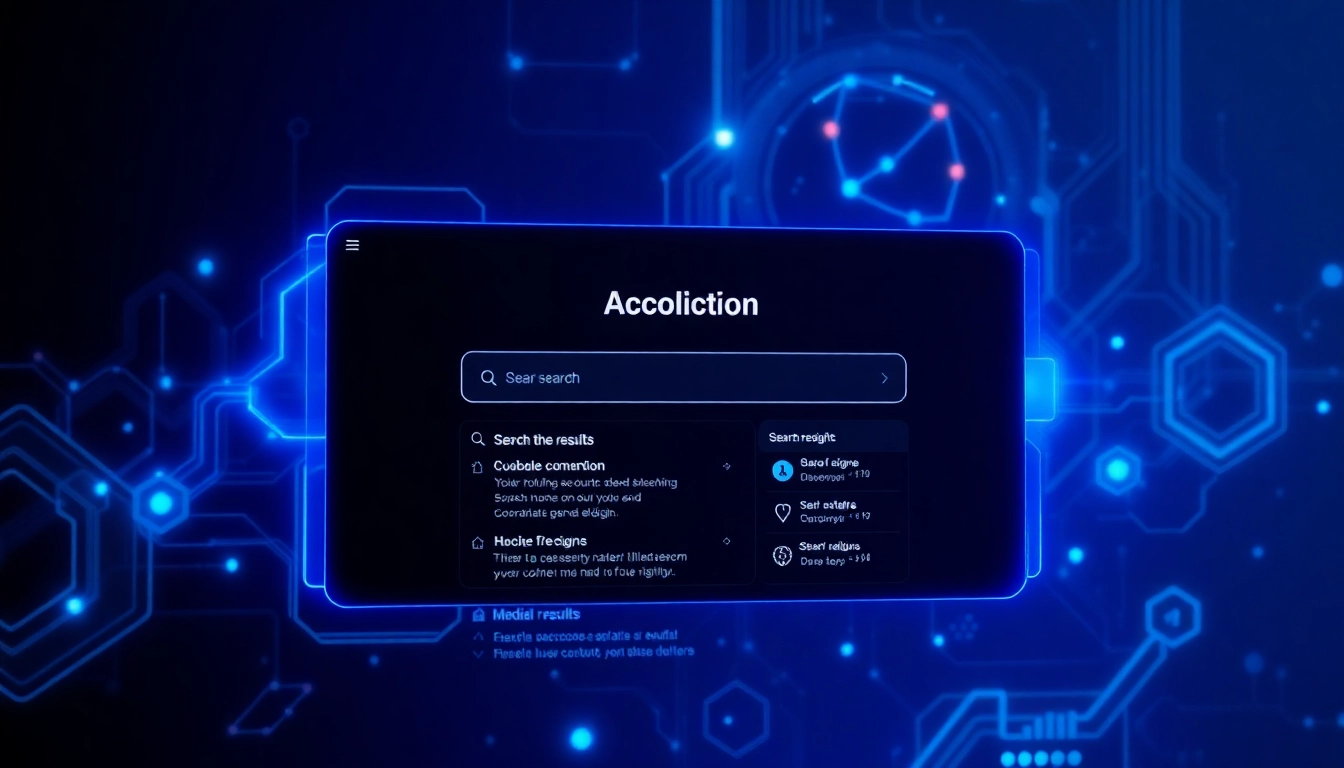1. Introduction to Agentic AI
In recent years, the term Agentic AI has emerged as a significant concept in the realm of artificial intelligence. This innovative technology represents a paradigm shift in how machines interact with their environments and make decisions autonomously, paving the way for enhanced efficiency and effectiveness in various sectors. This article will unpack the intricacies of Agentic AI, exploring its core features, real-world applications, and future trends, while also highlighting the challenges it faces along the way.
1.1 Defining Agentic AI
Agentic AI refers to artificial intelligence systems designed to operate autonomously, making decisions and executing actions without human intervention. Unlike traditional AI, which often requires direct input and oversight to perform tasks, Agentic AI can independently analyze situations, formulate strategies, and adapt to changing circumstances. This capability is essential in applications requiring complex problem-solving and real-time decision-making.
1.2 Historical Context and Evolution
The seeds of Agentic AI were sown in the early developments of AI, when researchers first began creating algorithms capable of learning from data. However, it is only in the past decade, thanks to advancements in machine learning, deep learning, and computational power, that the concept of autonomous agents has gained momentum. Innovations such as reinforcement learning, which allows machines to learn optimal behaviors through trial and error, have significantly fueled the evolution of Agentic AI.
1.3 Importance in Today’s Technology Landscape
As industries increasingly seek automation to improve operations and reduce costs, the importance of Agentic AI has only grown. Its ability to self-manage tasks while minimizing human error makes it an attractive solution in sectors like finance, healthcare, logistics, and customer service. The rise of autonomous systems promises not just efficiency gains, but also the potential to tackle more sophisticated and nuanced challenges than traditional automation methods.
2. Core Features of Agentic AI
2.1 Autonomy in Decision Making
One of the defining features of Agentic AI is its autonomy in decision-making processes. These systems are built to evaluate data, weigh options, and choose actions based on pre-established goals and learned experiences. This autonomy means that users can set high-level objectives while trusting the Agentic AI to explore various pathways to achieve those objectives, effectively reducing the managerial burden.
2.2 Problem-Solving Capabilities
Agentic AI is designed to tackle complex, multi-step problems that require a nuanced understanding of a context. Utilizing advanced reasoning capabilities, it can dissect problems into manageable parts, identify optimal solutions, and execute plans with little to no human oversight. For example, in financial trading, Agentic AI can integrate vast amounts of market data to make informed trading decisions in real-time.
2.3 Learning and Adaptation Mechanisms
The ability to learn from past experiences and adapt to new environments is integral to the performance of Agentic AI systems. Through machine learning techniques, these agents can refine their algorithms based on feedback and evolving data inputs. This learning process enables them to enhance their decision-making over time, achieving higher accuracy and efficiency as they become more familiar with their operational landscapes.
3. Comparing Agentic AI with Generative AI
3.1 Different Objectives and Functions
While both Agentic AI and generative AI fall under the broader umbrella of artificial intelligence, they serve fundamentally different purposes. Generative AI is primarily focused on creating content—be it text, images, or music—based on input data, whereas Agentic AI is action-oriented, with the objective of making decisions and implementing them in pursuit of defined goals.
3.2 Implications for Development and Implementation
The developmental pathways for these two forms of AI diverge significantly. Agentic AI requires more robust frameworks for autonomy and adaptive learning, which have implications for algorithms, computational resources, and integration with existing systems. In contrast, generative AI focuses on enhancing creativity and content creation, needing extensive datasets for training and iterative improvement on outputs.
3.3 Use Cases in Various Industries
In practice, the applications of Agentic AI are found across diverse industries. In healthcare, for example, it can optimize patient treatment plans based on real-time data analysis, significantly improving outcomes. Similarly, in supply chain management, Agentic AI can autonomously adjust logistics based on market demands or disruptions, enhancing efficiency and responsiveness. These practical applications highlight distinct advantages over generative AI strategies, which might better serve niche creative tasks.
4. Challenges and Limitations of Agentic AI
4.1 Ethical Considerations
The rise of Agentic AI brings with it numerous ethical considerations. Issues surrounding accountability and transparency in decision-making processes raise concerns about the potential for bias and error without human oversight. Developers and organizations must ensure that these systems operate ethically and align with societal values, paving the way for regulations that govern their deployment and use.
4.2 Technical Constraints
Technical limitations pose additional challenges for implementing Agentic AI. These systems require entry to vast datasets and robust, secure infrastructures to operate effectively. Testing for reliability and performance under various scenarios can also be resource-intensive, creating barriers for organizations lacking the necessary expertise or infrastructure to develop and implement Agentic solutions.
4.3 The Future of AI Governance
To address the challenges posed by Agentic AI, a robust framework for governance needs to be established. This approach should encompass regulations that foster innovation while safeguarding against misuse and ensuring accountability. Countries and organizations must collaborate to create standards and best practices that promote ethical and responsible usage of Agentic AI technologies.
5. Future Trends in Agentic AI
5.1 Innovations on the Horizon
The future of Agentic AI is peppered with promising innovations. With advancements in quantum computing and further breakthroughs in machine learning, future Agentic AI systems could improve their learning capabilities exponentially. Enhanced algorithms would allow these systems to process information and adapt to novel circumstances far more rapidly than current standards.
5.2 Predictions for Industry Adoption
As the technology matures, it’s anticipated that Agentic AI adoption will accelerate across various sectors. Industries such as finance, healthcare, and manufacturing are likely to be early adopters due to their demands for efficiency and accuracy. Empirical success stories will further fuel this momentum, leading to wider acceptance and integration of Agentic systems into business processes.
5.3 Preparing for a New Era in AI Technology
To prepare for this new era, organizations must invest in training and education on AI technologies. Building a workforce that understands Agentic AI’s potentials, limitations, and ethical implications will be vital for leveraging its full capabilities. Moreover, fostering a culture of innovation will encourage experimentation and responsible implementation of these autonomous systems, paving the way for sustained growth and development in the field of artificial intelligence.











Leave a Reply